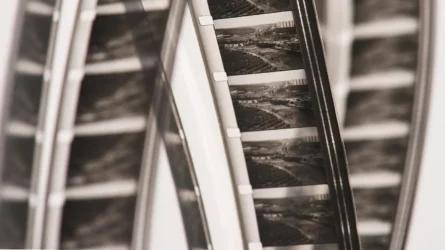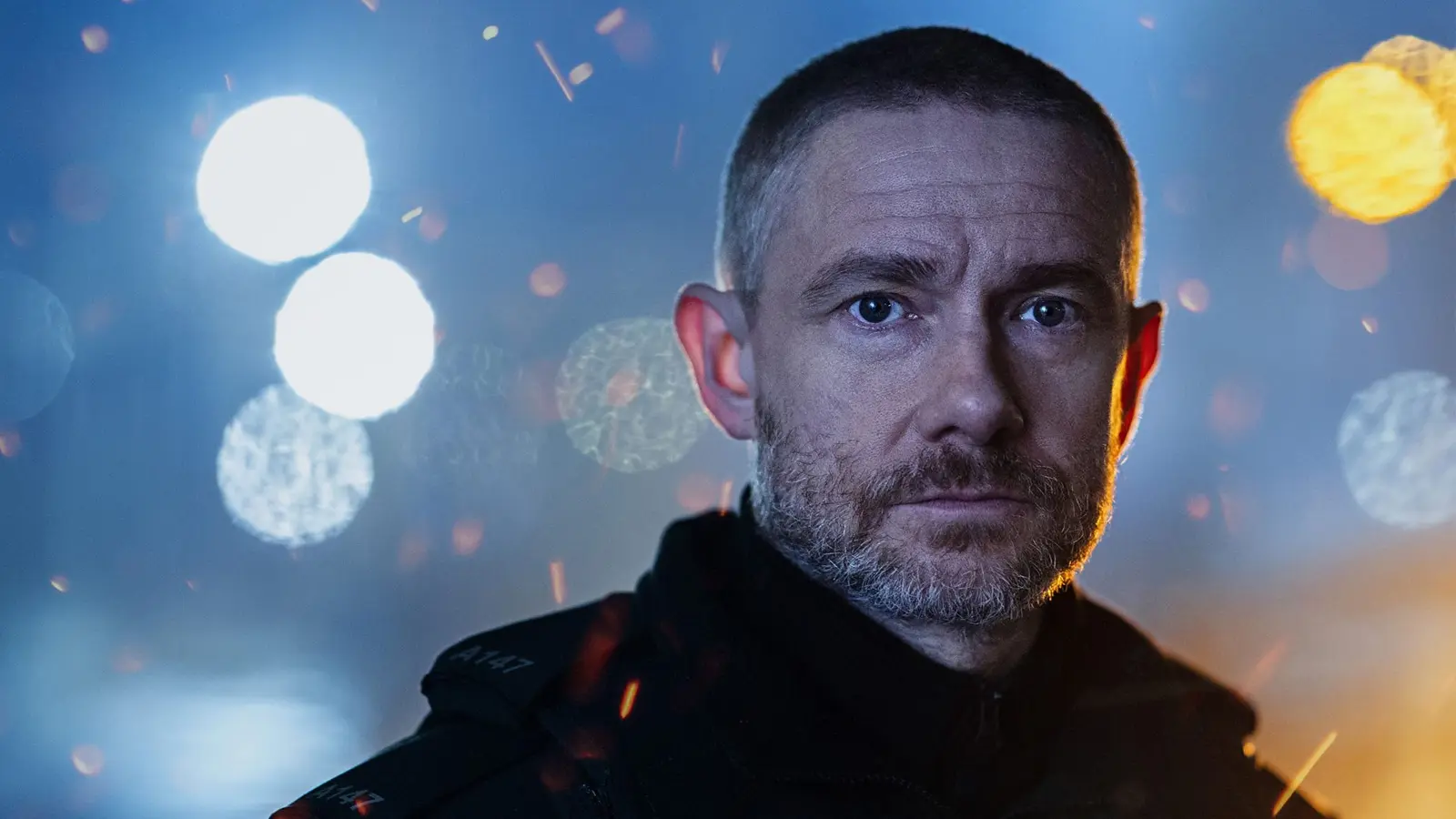Tzvetan Todorov
Explore Todorov’s narrative theory, including equilibrium and disruption.
Narratology
Tzvetan Todorov wanted to analyse the structural properties of narratives and develop a general theory that could be applied to all stories. He called this new approach narratology, or science of the narrative.1
He described how stories should begin with a stable situation, but this routine is disturbed by some force which results in a state of imbalance. Characters then have to search for a new equilibrium. This three-part structure is summarised in the following diagram.

Todorov used a story from Boccaccio’s “The Decameron” to illustrate this three-part structure. We are going to use contemporary examples explore the fundamental structure of narrative.
Contents
Worked Example – Moana
Disney’s “Moana” (2018) can help elucidate this approach to understanding narrative.
The film opens with the Polynesian island of Motunui in a state of equilibrium. In the song “Where You Are”, Chief Tui describes how they have everything they need to live prosperously, epitomised by the use of coconuts for making nets, drinking and building fires to cook meat.
However, a blight strikes the community, rotting the coconuts, killing the vegetation and depleting the fish stock. This is the terrible disruption which has the potential to destroy their peaceful existence – the disequilibrium.
Moana then goes on a quest to find the heart of Te Fiti, the goddess who brought life to the world. By restoring the pounamu stone, the hero hopes to repair the damage caused by the blight. This part of the narrative involves getting the help of Maui, a demi-god who stole the magical stone, defeating the flamboyant coconut crab, Tamatoa, and overcoming the lava monster, Te Kā.
Once the heart is returned to its rightful owner, the world is healed and Moana leads her people into a new voyage of discovery. This is the new equilibrium.
Luigi’s Mansion 3
Let’s turn our attention to Luigi’s Mansion 3 for another example of Todorov’s theory in practice. The action-adventure videogame begins with Luigi, Mario, Princess Peach and three Toads arriving at The Last Resort for a holiday they will never forget. At this point, you can explore the colourful lobby and settle into your room. This is an opportunity for the players to get used to the controls.
Their equilibrium is suddenly disrupted when the luxurious hotel is transformed into a nightmarish world of evil ghosts and deadly traps. King Boo, the wicked villain of the narrative, captures Luigi’s friends, and imprisons them in paintings.
Fortunately, Luigi escapes down a laundry chute into the hotel’s basement. The title screen appears and then the narrative moves into the disequilibrium. With the help of the Polterpup and Professor E. Gadd, the reluctant hero has to solve puzzles, battle ghosts and make his way to the roof where King Boo waits for the final conflict. The boss fight is the moment of repair.
In the denouement, Luigi and his friends help rebuild the hotel, establishing a new equilibrium.
The Grammar of the Story
Todorov developed his own list of terms to describe the different elements of narrative. He suggested narratives consisted of a “syntax” of characters and discourse. Characters were labelled nouns and their actions were verbs.
He also called each plot point a clause with an identifiable relationship between each beat of the story. These connections could be temporal or spatial, such as the shift in time to the next day or the movement from one space to another.3 They could also have a causal relationship, with the transformation being negative or positive.4
Advertising Example
We can apply Todorov’s theory to Maybelline’s “That Boss Life” advertisement. The video is made up of the following clauses:
- Manny and Shayla arrive at their New York hotel.
- The bellhop brings their luggage to the room.
- The two influencers play with the mascara.
- They then apply the mascara to their lashes.
- Manny, Shayla and the hotel room are all transformed.
- The bellhop is caught lifting a mascara.
- Shayla and Manny look awesome.
Shayla, Manny and the bellhop are the nouns in the narrative. An example of a verb would be when the two influencers apply the mascara. The bellhop stealing the mascara is another example of a verb.
Their glamorous transformation is the most important shift in the story and the audience will immediately recognise the causal relationship between using mascara and the incredible impact it has on their lives. The message is simple: buy this product and get bossed up.
For Todorov, the “complete minimum plot consists of the passage from one balance to another”.2 Since there is one shift in the influencers’ state, it satisfies his equilibrium / disequilibrium theory.
Exam Practice and Revision
The best way to learn the key concepts of Todorov’s narrative theory is to apply the framework to a variety of media texts. You can find examples on our case studies page, but the Weight Watcher’s advertisement is a good text to start with because it has a clear movement from disequilibrium to equilibrium.
References
1 Todorov, Tzvetan (1969): “Grammaire du Décaméron”.
2 Todorov, T., & Weinstein, A. (1969): “Structural Analysis of Narrative”.
3 Todorov, T. (1971): “The 2 Principles of Narrative”.
The Story Continues
Turn to the next page and develop your knowledge of how media producers build worlds, characters, and meanings through narrative.







